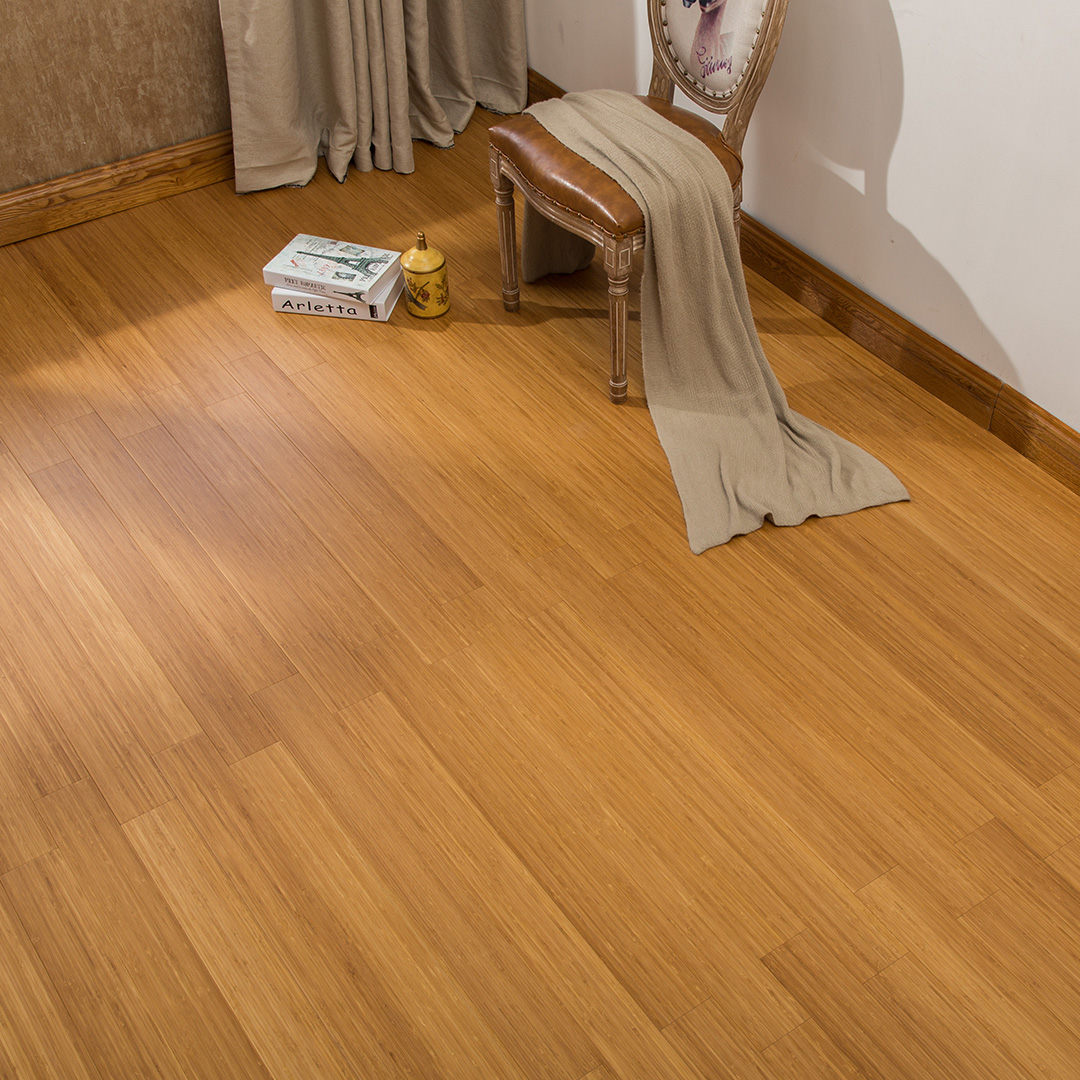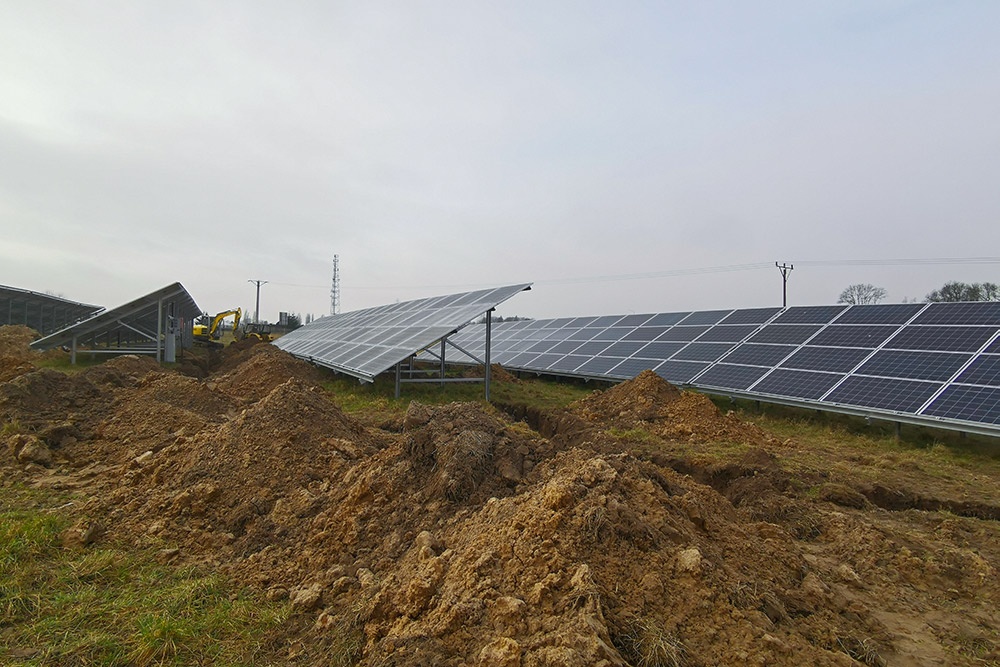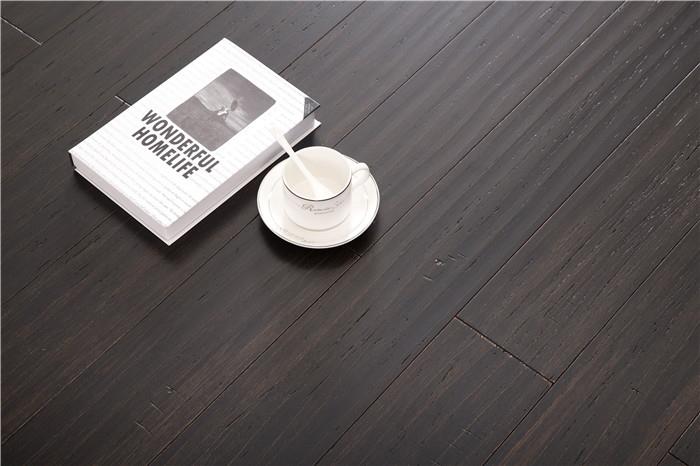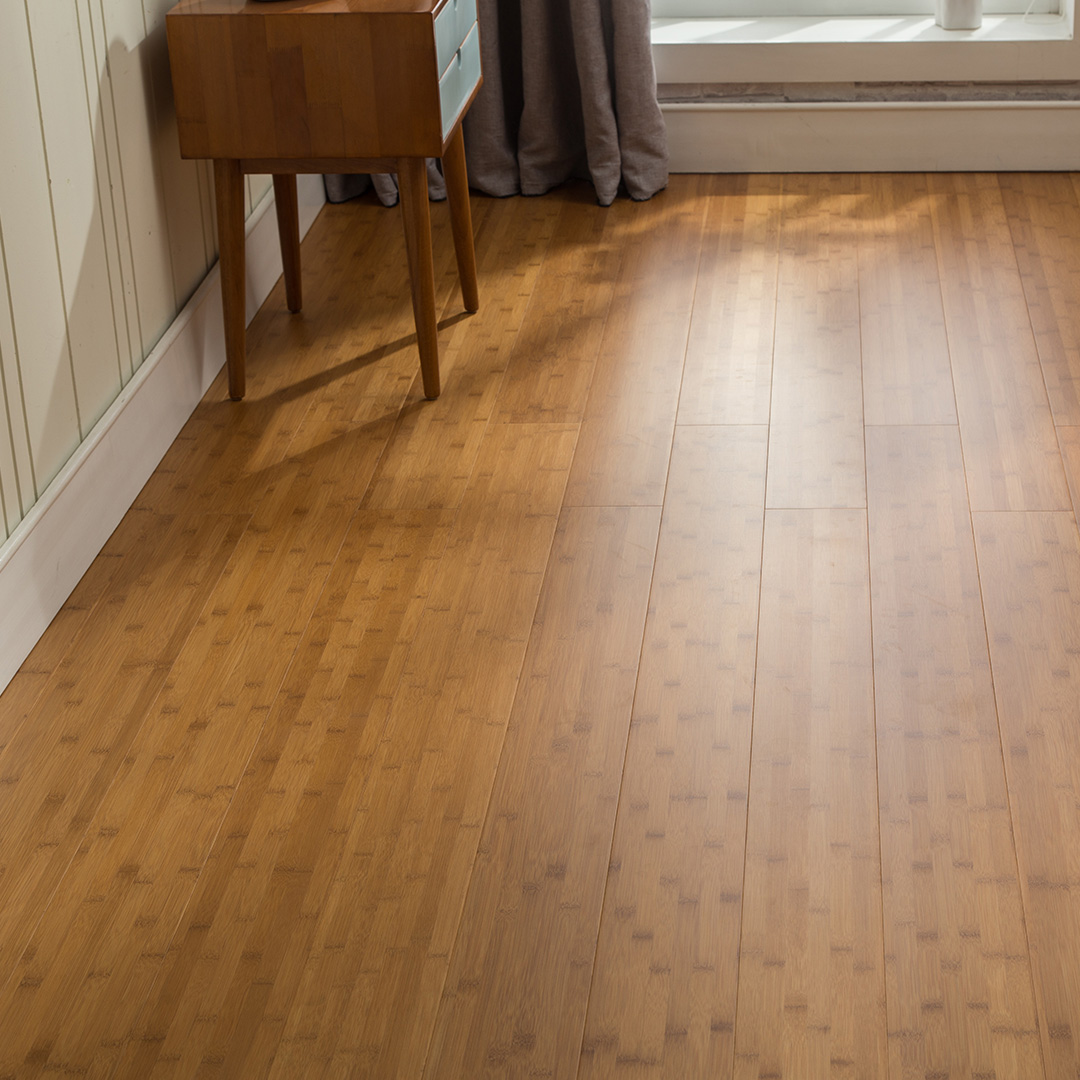As we step into 2026, the flooring industry continues to evolve, with bamboo flooring emerging as a frontrunner in both sustainability and style. With its unique aesthetic appeal and eco-friendly qualities, bamboo is capturing the attention of homeowners, designers, and builders alike. As a bamboo flooring factory technologist, I’m excited to explore the top trends shaping the bamboo flooring landscape this year, reflecting consumer preferences and innovations in manufacturing.
- Sustainable Sourcing and Eco-Friendly Practices
One of the most significant trends in bamboo flooring is the continued emphasis on sustainability. As consumers become more environmentally conscious, they are actively seeking flooring options that are not only beautiful but also responsibly sourced. Bamboo, particularly Moso bamboo, is favored for its rapid growth and renewability, making it an ideal choice for eco-conscious homeowners.
Manufacturers are increasingly committing to sustainable practices, such as using low-VOC adhesives and environmentally friendly finishes. This trend aligns with a broader movement toward sustainable living, where consumers prioritize products that have a minimal impact on the environment.
Customer Insight: Jessica, a homeowner who chose bamboo for her new home, shared, “I wanted flooring that reflected my values. Knowing that bamboo is sustainable makes me feel good about my choice. It’s great to have a beautiful floor that’s also good for the planet!”
- Enhanced Durability and Performance
Bamboo flooring has always been known for its durability, but advancements in technology are taking this quality to new heights. In 2026, we see an increased focus on high-density strand woven bamboo, which offers superior strength and resistance to wear and tear. This improvement means that bamboo flooring can withstand the challenges of busy households and high-traffic commercial spaces without compromising its beauty.
With the addition of advanced coatings, bamboo flooring is becoming even more resistant to scratches and stains. These enhancements are particularly appealing to families with children and pets, who need flooring that can handle daily life without showing signs of wear.
Real Customer Experience: Mark, a father of two, noted, “We installed strand woven bamboo in our living room, and it’s been fantastic. The kids are always playing, and I’m impressed by how well it holds up. There are no scratches, and it still looks as good as the day we installed it.”
- Natural and Earthy Aesthetics
In 2026, the trend toward natural and earthy aesthetics continues to gain traction. Homeowners are gravitating toward bamboo flooring that highlights its organic beauty, with finishes that enhance the natural grain and color variations of the material. Light and neutral tones are particularly popular, creating a serene and inviting atmosphere in homes.
Many consumers are opting for finishes that showcase the natural texture of bamboo, moving away from overly polished looks. This trend reflects a desire for spaces that feel more connected to nature, promoting a sense of tranquility and well-being.
Customer Feedback: Rachel, who chose a natural finish for her kitchen, shared, “I love the way the bamboo looks in my space. The natural grain adds so much character, and it feels warm and welcoming. It really brings the outdoors in!”
- Versatile Installation Options
With urban living often characterized by smaller spaces, versatility in flooring installation is crucial. In 2026, bamboo flooring manufacturers are offering a variety of installation methods to accommodate different environments and preferences. From traditional glue-down methods to floating floor systems, homeowners can choose the option that best suits their needs.
Floating bamboo flooring, in particular, is gaining popularity due to its ease of installation and ability to adapt to various subfloor conditions. This trend is appealing to DIY enthusiasts and those looking for a quick and efficient flooring solution.
Customer Insight: Tom, who installed floating bamboo flooring in his apartment, remarked, “The installation was a breeze! I was able to do it myself without any special tools, and I love how it looks. It’s perfect for my smaller space.”
- Innovative Designs and Patterns
In 2026, creativity in bamboo flooring design is at an all-time high. Homeowners are embracing unique patterns and designs that add visual interest to their spaces. From herringbone and chevron patterns to wider planks that create a more contemporary look, designers are finding new ways to showcase the beauty of bamboo.
This trend allows homeowners to express their individuality and create personalized spaces that reflect their style. The ability to incorporate various patterns and colors into bamboo flooring opens up exciting possibilities for interior design.
Customer Experience: Lisa, who chose a herringbone pattern for her living room, said, “I wanted something different, and the bamboo herringbone flooring has transformed my space. It’s a statement piece that gets compliments from everyone who visits!”
- Health-Conscious Flooring Choices
As awareness of indoor air quality continues to grow, consumers are increasingly seeking flooring solutions that contribute to a healthy home environment. Bamboo flooring, especially when produced with low-VOC adhesives and finishes, aligns perfectly with this trend.
In 2026, more manufacturers are highlighting their commitment to health-conscious practices, ensuring that their bamboo flooring products are safe for families. This focus on well-being resonates with homeowners who prioritize creating a safe and nurturing environment for their loved ones.
Customer Insight: Rachel, a health-conscious consumer, expressed her satisfaction: “I was thrilled to find bamboo flooring that meets my standards for indoor air quality. It’s great to have a beautiful floor that I can trust to be safe for my family.”
- Global Influence and Accessibility
As bamboo flooring continues to gain popularity, its availability is increasing globally. In 2026, consumers can find high-quality bamboo flooring options from a variety of manufacturers, making it easier than ever to access this sustainable material.
This trend is also leading to greater innovation in design and production techniques, as manufacturers compete to offer the best products on the market. As bamboo flooring becomes more mainstream, homeowners have more choices than ever before, making it a versatile option for any style or budget.
Customer Feedback: Mark, who sourced bamboo flooring from a local retailer, shared, “I was surprised at how many options were available! I found the perfect wood grain and finish, and it was easy to get it delivered right to my door.”
- Cost-Effectiveness and Value
Bamboo flooring is also recognized for its cost-effectiveness. As more manufacturers streamline production processes and improve sourcing, the price of bamboo flooring has become increasingly competitive compared to traditional hardwoods.
Homeowners appreciate that they can achieve a high-end look without breaking the bank. The long-term durability of bamboo also means fewer repairs and replacements, adding to its overall value.
Customer Insight: Lisa, who renovated her home with bamboo flooring, remarked, “I was pleasantly surprised at how affordable bamboo was compared to hardwood. And knowing it will last for years makes it even better!”
Embracing the Future of Bamboo Flooring
As we look ahead to 2026, bamboo flooring continues to capture the hearts of homeowners and designers alike. With its sustainable qualities, durability, aesthetic versatility, and health-conscious benefits, bamboo is proving to be more than just a trend—it’s a long-term solution for modern living.
Whether you’re renovating your home or building from scratch, consider the exciting possibilities that bamboo flooring offers. With its unique blend of beauty and practicality, bamboo can elevate any space while aligning with sustainable values. As trends evolve, bamboo flooring stands ready to meet the demands of contemporary lifestyles, making it a smart choice for the future.



